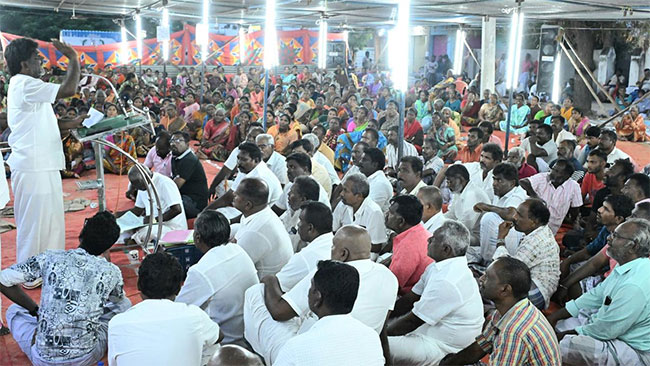“We did a backtest to check what happens one month after the index closes for 8 or more consecutive negative sessions. Since 2002 there have been 9 instances of eight or more days of consecutive negative closing. The index closed on a positive note one month later in 6 out of these 9 instances,” Samco said in a note.
Today, Nifty recorded its longest losing streak of 10th consecutive fall. The headline index has fallen by 16% from the September lifetime high 26,277.35. This is now the sixth-largest drop registered in Nifty since the 2008-2009 great recession and the second-largest since the Covid-led crash in March 2020.March seasonality also supports Nifty which has ended in the green on 7 occasions in the last 10 years.Read More: After Nifty records its 5th successive monthly fall in Feb, can March seasonality pull it out of woods?
Notwithstanding the infamous feat, this one sided sentiment of excessive fear and pessimism offers an opportunity to investors, says an Axis Securities note, which calls it opportune to allocate some long-term money between 21,700 – 22,000.
Nifty ended today at 22,082, down by 36.65 points or 0.17% over Monday’s closing.
February was also the worst month for the Nifty since Covid as it witnessed a monthly fall of 6%. Out of 20 trading sessions it closed in the red in 18 sessions.
Much of the weakness has been on account of massive selling by the Foreign Institutional Investors (FII). Today they sold Indian equities worth Rs 3,405.82. For the year-to-date, this amounts to Rs 1,29,290 crore.
Notwithstanding the excessive fear and pessimism at play, the current fall offers an opportunity to investors to allocate some long-term money between 21,700 – 22,000, says an Axis Securities note.
Its optimism comes from historical patterns, technical indicators and sectoral valuations which are suggesting that the market is nearing a medium-term bottom. Though, this came with a caveat that a clear bullish trigger is yet to emerge.
(Disclaimer: Recommendations, suggestions, views and opinions given by the experts are their own. These do not represent the views of Economic Times)














